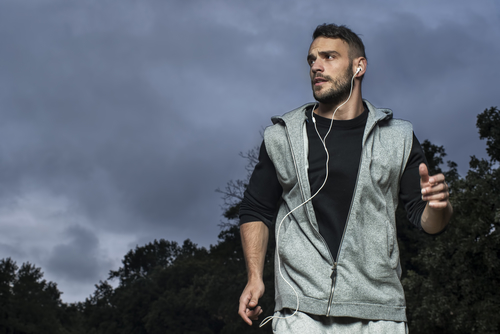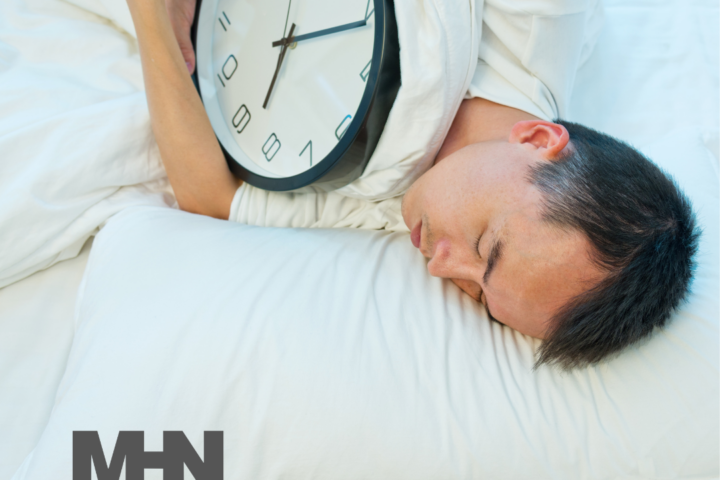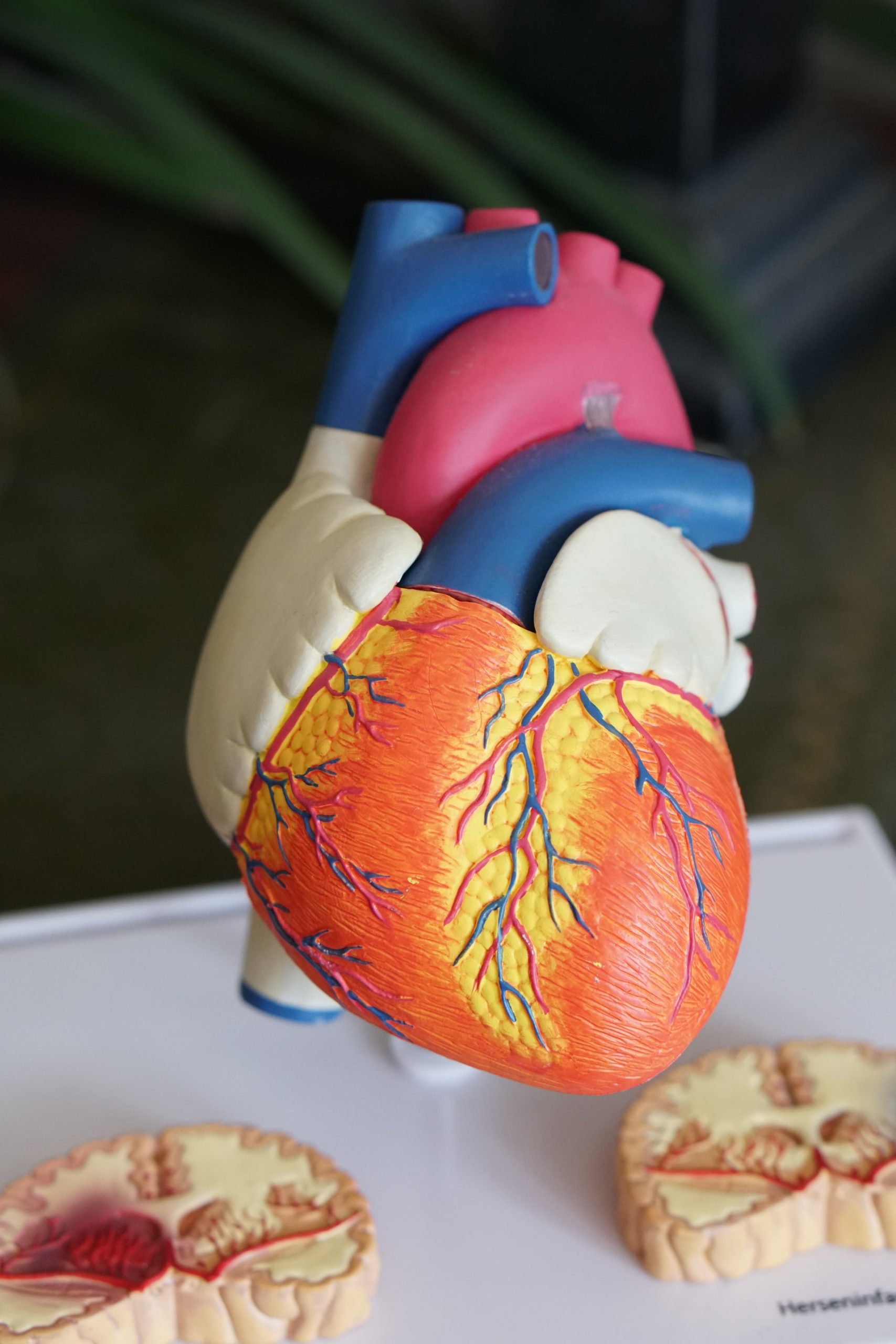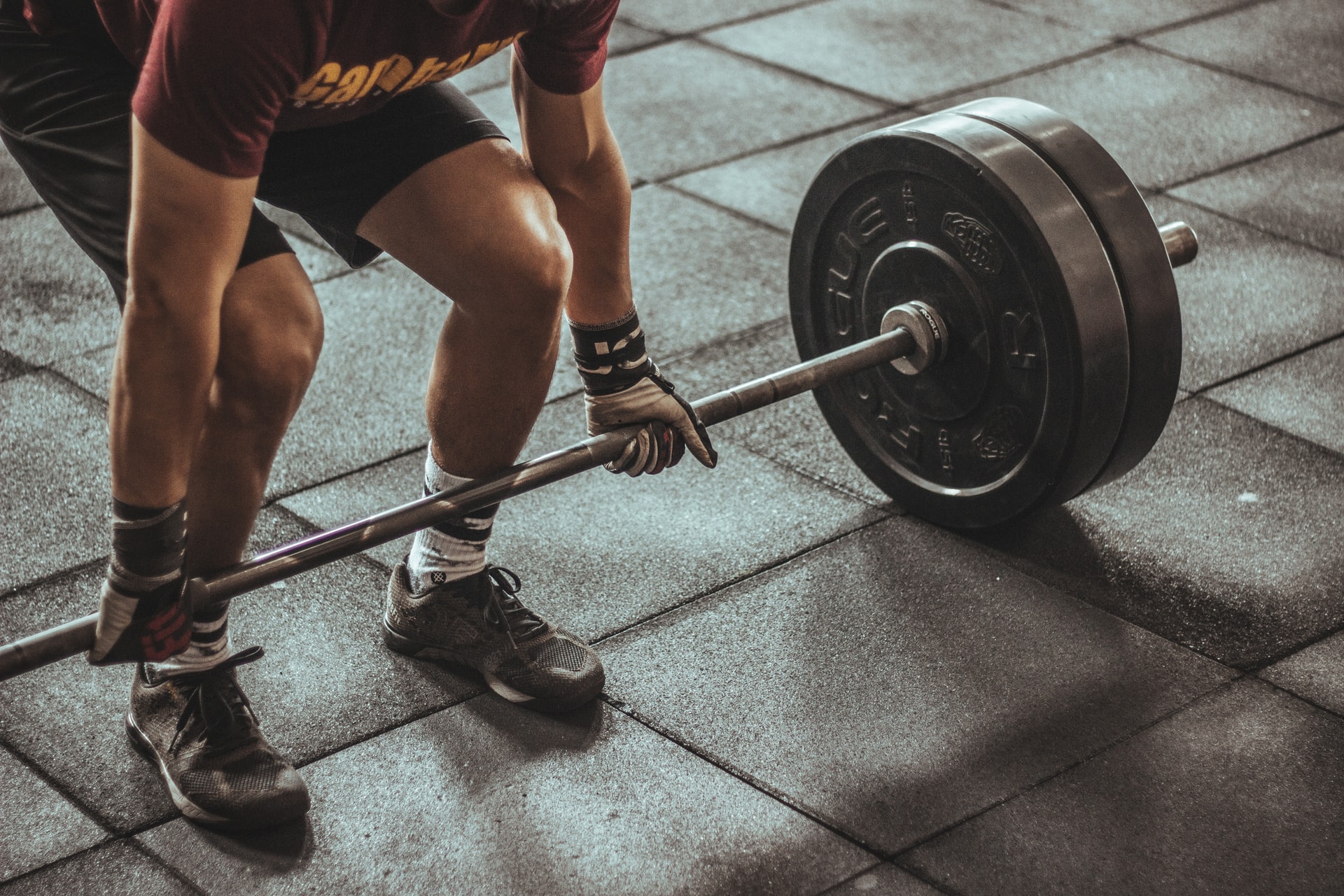Recovery. Aside from your workout, it’s the most important thing you can do for your body. Recovery and rest are two critical components of any workout regimen. In fact, rest and recovery can enhance your athletic performance. However, they are both highly underutilized. It’s easy to get caught up, pushing your body to its limits, day to day. It’s easy to overdo it, which is why fitness experts recommend following the 80/20 rule. Simplified, the 80/20 rule means that 80 percent of your time should be spent focusing on exercise and diet and the remaining 20 spent on enjoying your life.
Here’s how you can incorporate a little rest and relaxation into your training plan.
What Is Recovery?
Taking time to recover from your workouts gives your body time to repair itself. Activities like stretching, icing, heat therapy, compression, self-myofascial release (foam rolling, for example) and stress management are all considered recovery techniques. Additionally, nutrition and hydration also play important roles in your recovery plan. Drinking water is the best way to hydrate, and you should only be consuming sports drinks during strenuous activity. We all have different systems that need time to repair, including the hormonal, neurological and structural, which includes the muscles, ligaments, tendons and bones.
Swimming and Recovery
A study published in the International Journal of Sports Medicine analyzed the performance of nine top triathletes. The study analyzed the participants 10 hours after an intense run at 85 to 95 percent of their VO2 peak, which is the “highest rate at which your body can transport oxygen to your muscles, which your muscles can then use to produce energy aerobically,” according to Runner’s World. The athletes either swam 2,000 meters or laid down for the same period of time as their peers. Following this activity, 14 hours after, the triathletes performed a high-intensity run while being analyzed to see which recovery method worked best. The study results showed the triathletes who swam had a 14 percent increase in their run time compared to their peers who laid still. Swimming is not only a great recovery method for athletes, but people in general. Whether you swim at your local gym or club or if you have an above-ground pool at home, taking time to hop in the pool might just enhance your athletic performance next time you’re competing.
Passive Recovery
Unlike swimming, passive recovery includes activities where you’re resting, such as hanging out at home watching TV, laying out in the sun or reading a book. While you might not boost your performance with passive recovery, the mental break that you’re getting during this time does your mind and your body good. Sleep is also considered a form of passive recovery. And, sleep is highly important to any workout plan. It’s best to hit the hay before midnight, as sleep logged before 12 a.m. is the best rest you could possibly get.
Massage
No matter what sport you participate in, all athletes can benefit from recovery massage.
Massage post-workout is said to boost your rebound time, helping your muscles recover faster so you can get back into the gym or start competing at a faster rate. Routine massage helps to reduce inflammation and turn up the production of the mitochondria cells, which generate energy for your body. Need a sports masseuse? Use the American Massage Therapy Association search tool to locate a qualified professional near your location.




